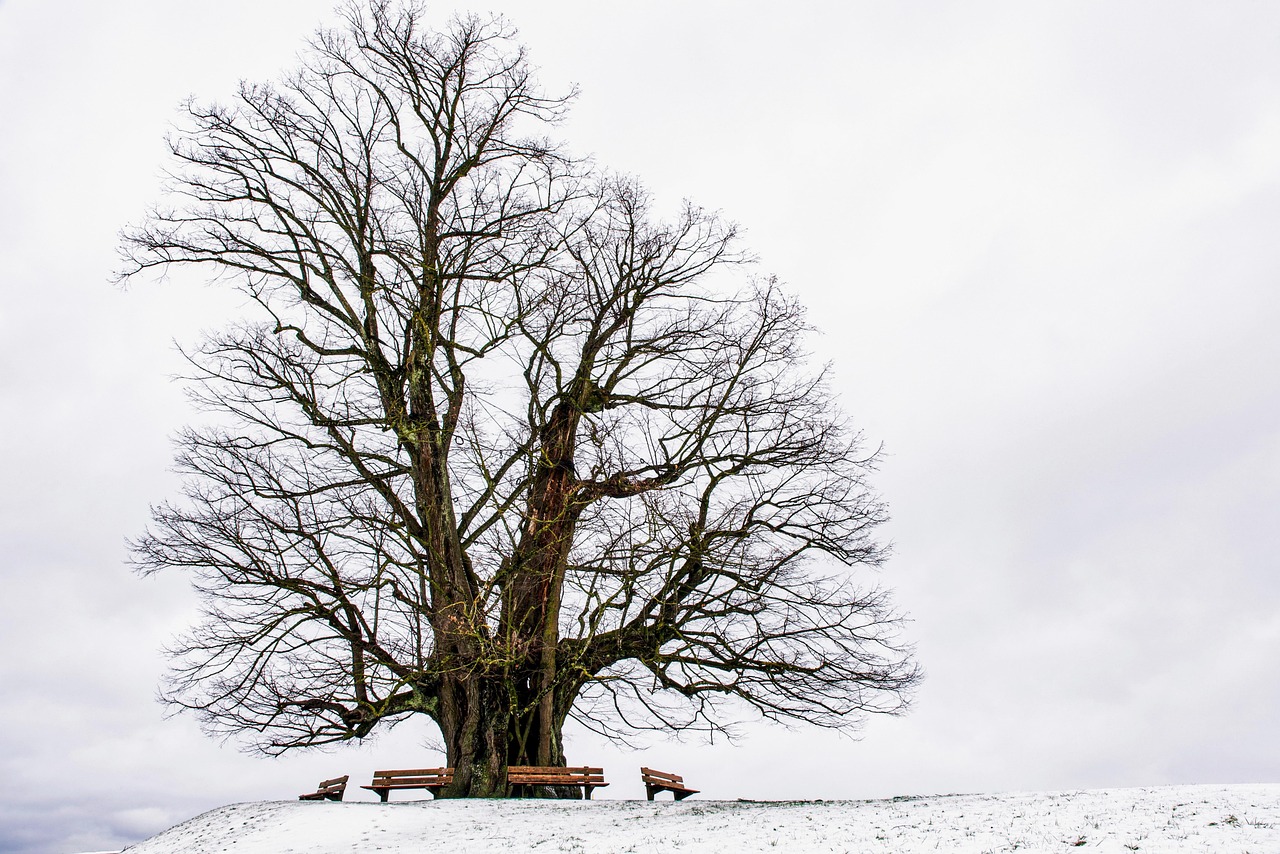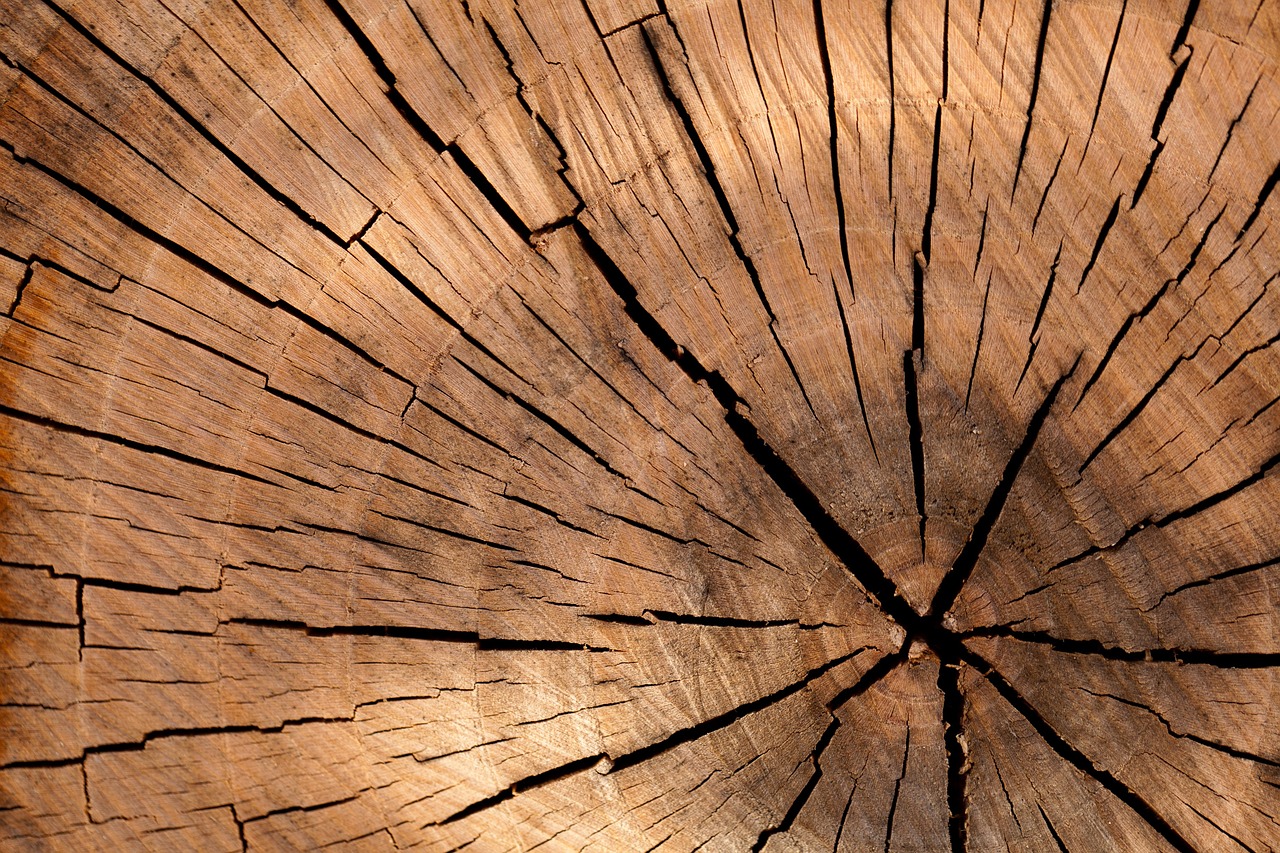The Kurrajong tree (Brachychiton populneus) exhibits a moderate growth rate, typically reaching heights of 15 to 20 meters. In drought-prone regions, growth may be significantly slower due to water stress, often resulting in stunted development and reduced foliage density.
Understanding the Kurrajong Tree
The Kurrajong tree is native to Australia and is well known for its unique structure and ecological benefits. It thrives in various environments but is particularly notable for its resilience in drought-prone areas. This adaptability makes it a popular choice for landscaping and reforestation projects in regions facing water scarcity.

Kurrajong trees are characterized by their broad, palmate leaves and distinctive bell-shaped flowers. Their ability to store water in their trunk allows them to survive extended periods without rain. This feature is crucial in arid climates where other species may struggle to establish themselves or survive.
Growth Rate Factors
The growth rate of Kurrajong trees in drought-prone regions can be influenced by several factors, including soil quality, available water, and climatic conditions. Understanding these elements can help predict how well these trees will perform in less-than-ideal environments.
- Soil Quality: Well-drained soils that retain some moisture are essential for healthy growth. Sandy loam or clay loam soils are generally preferred.
- Water Availability: While Kurrajong trees can tolerate drought, they require some water during their initial growth stages. Regular watering can encourage faster establishment.
- Climate: The temperature and humidity levels play significant roles in growth rates. Warmer climates can accelerate growth, but excessive heat may have the opposite effect.
Growth Rate Observations
In ideal conditions, Kurrajong trees can grow approximately 1 meter per year. However, this rate drastically decreases under drought conditions. Research indicates that trees in extremely dry areas may only achieve a height increase of 0.5 meters annually.

The following table illustrates the average growth rates of Kurrajong trees under various environmental conditions:
| Condition | Average Height Growth (meters/year) |
|---|---|
| Ideal Conditions | 1.0 – 1.5 |
| Mild Drought | 0.5 – 1.0 |
| Severe Drought | 0.1 – 0.5 |
Adaptation Strategies
To enhance the growth of Kurrajong trees in drought-prone regions, several adaptation strategies can be employed. These strategies not only support tree health but also contribute to the overall ecological balance.
- Mulching: Applying a layer of mulch around the base of the tree helps retain soil moisture and regulate temperature.
- Watering Techniques: Implementing drip irrigation systems can provide targeted water delivery, minimizing waste and ensuring the tree receives adequate hydration.
- Diversity Planting: Planting Kurrajong trees alongside other drought-resistant species can create a more resilient ecosystem.
The integration of these strategies can lead to improved growth rates and healthier trees, even in challenging climates. A thorough understanding of the local environment and the specific needs of the Kurrajong tree is essential for successful cultivation.

Environmental Impact of Kurrajong Trees
Kurrajong trees play a significant role in their ecosystems, particularly in drought-prone regions. Their ability to adapt to harsh conditions provides numerous environmental benefits. These trees not only support local wildlife but also contribute to soil health and carbon sequestration.
Supporting Wildlife
The Kurrajong tree serves as a vital habitat for various species. Its flowers attract pollinators, while its foliage provides shelter and food for birds and insects. This interaction supports biodiversity, which is essential for healthy ecosystems.
- Pollinator Attraction: The bell-shaped flowers are rich in nectar, drawing bees, butterflies, and other pollinators.
- Bird Habitat: Many bird species utilize the dense foliage for nesting and protection from predators.
- Insect Support: Various insects feed on the leaves and flowers, contributing to the food web.
Soil Health Improvement
Kurrajong trees can enhance soil quality through their root systems. Their deep roots help aerate the soil, improving water infiltration and reducing erosion. Additionally, when leaves fall and decompose, they add organic matter, enriching the soil.
- Erosion Control: By stabilizing the soil, Kurrajong trees help prevent erosion, especially on slopes.
- Nutrient Cycling: Fallen leaves contribute nutrients that support the growth of other plants.
- Water Retention: The organic matter from decomposed leaves improves the soil’s ability to retain moisture.
Cultivation Techniques for Drought-Prone Areas
Establishing and maintaining Kurrajong trees in drought-prone regions requires specific cultivation techniques tailored to their needs. Farmers and gardeners can implement various practices to ensure healthy growth despite water scarcity.

Site Selection
Choosing the right location is crucial for the successful growth of Kurrajong trees. Factors to consider include sunlight exposure, soil type, and proximity to water sources.
- Sunlight: Kurrajong trees thrive in full sun. Ensure that the selected site receives at least six hours of direct sunlight daily.
- Soil Type: Well-draining soils are ideal. Avoid areas with heavy clay that may retain too much water.
- Water Access: While these trees are drought-resistant, a nearby water source can aid their establishment during dry spells.
Water Management Practices
Effective water management is vital for nurturing Kurrajong trees, especially during their early growth stages. Implementing the following practices can help maximize water efficiency:
- Drip Irrigation: This technique delivers water directly to the root zone, minimizing evaporation and runoff.
- Rainwater Harvesting: Collecting rainwater can provide an additional water source during dry periods.
- Drought Monitoring: Use soil moisture meters to track moisture levels and adjust watering schedules accordingly.
Potential Challenges in Growth
While Kurrajong trees are resilient, they can face several challenges that may hinder their growth in drought-prone areas. Awareness of these challenges allows for proactive management strategies.
Pests and Diseases
Pests such as aphids and caterpillars may threaten Kurrajong trees. Regular monitoring is essential to identify and address infestations promptly. Diseases like root rot can also occur if the soil retains too much moisture.
- Aphids: Small insects that suck sap from leaves, potentially weakening the tree.
- Caterpillars: Larvae of moths that may defoliate trees if left unchecked.
- Root Rot: Fungal diseases caused by overly saturated soil conditions.
Environmental Stressors
Drought conditions can lead to stress in Kurrajong trees, affecting their growth rate and overall health. Symptoms of stress include wilting leaves and reduced flowering.
- Water Scarcity: Insufficient moisture can stunt growth and lead to leaf drop.
- Extreme Temperatures: High heat may cause sunburn on foliage, damaging leaves and limiting photosynthesis.
- Wind Damage: Strong winds can break branches or uproot younger trees if not supported properly.
By recognizing these potential challenges and implementing effective management strategies, gardeners and landowners can cultivate healthy Kurrajong trees that thrive even in the toughest conditions.
Benefits of Planting Kurrajong Trees in Drought-Prone Areas
Planting Kurrajong trees in drought-prone regions offers numerous benefits, not only for the environment but also for local communities. These trees can help mitigate some of the challenges posed by dry conditions while providing valuable resources and enhancing biodiversity.
Water Conservation
Kurrajong trees are excellent at conserving water within their ecosystems. Their deep root systems allow them to access groundwater, which can support the surrounding vegetation, especially during dry spells.
- Soil Moisture Retention: The shade provided by the tree canopy reduces soil temperature, which can help retain moisture in the ground.
- Groundwater Recharge: By drawing water from deeper soil layers, Kurrajong trees can promote the replenishment of local aquifers.
- Microclimate Creation: The presence of these trees can create cooler microclimates, benefiting adjacent plants and animals.
Enhancing Soil Quality
The contribution of Kurrajong trees to soil health is significant. Their fallen leaves not only add organic matter but also improve soil structure and fertility.
- Organic Matter Addition: Decomposing leaves create humus, enhancing nutrient availability for other plants.
- Nitrogen Fixation: Although Kurrajong trees do not fix nitrogen like legumes, their association with various soil microorganisms can promote nutrient cycling.
- Soil Aeration: The root systems help aerate the soil, facilitating better water infiltration and root growth for nearby plants.
Cultural and Economic Importance
Beyond ecological benefits, Kurrajong trees hold cultural significance and provide economic opportunities for communities in drought-prone regions.
Cultural Significance
In Australia, the Kurrajong tree is often featured in the culture and traditions of Indigenous peoples. Its various uses speak to its importance within these communities.
- Traditional Uses: Indigenous Australians have historically used the bark for making string and ropes.
- Food Source: The seeds of the Kurrajong tree are edible and have been used as a food source by some Indigenous groups.
- Cultural Symbolism: The tree often symbolizes resilience and adaptability, reflecting the spirit of the communities that thrive around it.
Economic Benefits
The economic advantages of planting Kurrajong trees in drought-prone regions are multifaceted. They can provide direct financial benefits as well as contribute to broader economic stability.
- Lumber Production: Kurrajong trees can be harvested for timber, which is valued in construction and furniture making.
- Tourism Opportunities: Scenic landscapes featuring Kurrajong trees can attract tourists, boosting local economies.
- Carbon Credits: As these trees sequester carbon, they may qualify for carbon credit programs that provide financial incentives for sustainable land management practices.
Research and Future Directions
The growth of Kurrajong trees in drought-prone areas is an ongoing subject of research. Scientists and environmentalists are continually exploring ways to enhance their resilience and adaptability in changing climates.
Innovative Cultivation Strategies
Research initiatives are investigating innovative cultivation strategies that could improve the success rates of Kurrajong trees in arid environments. Some of these strategies include:
- Selective Breeding: Developing new varieties that are even more drought-resistant or have faster growth rates than traditional types.
- Soil Amendments: Experimenting with different soil amendments to enhance water retention and nutrient availability.
- Integrated Pest Management (IPM): Implementing IPM strategies to reduce pest impacts without harming beneficial insects or the environment.
Community Engagement and Education
Engaging local communities in planting and maintaining Kurrajong trees is essential for long-term success. Educational programs can raise awareness about the benefits of these trees and encourage sustainable practices.
- Workshops: Organizing workshops to teach community members about tree care, pest management, and environmental stewardship.
- Volunteer Programs: Establishing volunteer planting days to foster community involvement and educate participants on the importance of biodiversity.
- School Programs: Integrating tree planting projects into school curricula to instill a sense of responsibility toward the environment in younger generations.
The future of Kurrajong trees in drought-prone regions looks promising with ongoing research and community involvement. These initiatives can help ensure that this resilient species continues to thrive and provide benefits to both the environment and local communities.
Long-Term Sustainability and Climate Resilience
The Kurrajong tree’s adaptability to drought conditions makes it an invaluable asset in the face of climate change. As global temperatures rise and weather patterns become increasingly unpredictable, the need for resilient tree species like the Kurrajong becomes essential for maintaining ecological balance.
Planting Kurrajong trees not only supports local ecosystems but also enhances landscape resilience against climate-related challenges. These trees can mitigate the effects of extreme weather events, such as heavy rains followed by drought, by stabilizing soils and regulating water flow in the environment.
Climate Change Mitigation
Kurrajong trees contribute to climate change mitigation efforts in various ways:
- Carbon Sequestration: Like all trees, Kurrajongs absorb carbon dioxide from the atmosphere, helping to reduce greenhouse gas levels.
- Urban Heat Reduction: In urban settings, Kurrajong trees can cool the surrounding area, reducing heat island effects and the energy needed for cooling buildings.
- Habitat for Biodiversity: By providing a habitat for various species, Kurrajong trees support biodiversity, which is critical for ecosystem stability.
Community Involvement and Stewardship
Community engagement is paramount in ensuring the successful growth and maintenance of Kurrajong trees. Local involvement not only fosters a sense of responsibility but also enhances the social fabric of communities.
Establishing local tree committees can empower residents to take charge of planting and caring for Kurrajong trees. These committees can organize events, share knowledge, and advocate for sustainable practices that benefit both people and the environment.
Furthermore, involving local schools in tree planting initiatives can instill environmental values in children. This early education about the importance of trees and ecosystems can lead to more environmentally conscious adults who continue to support sustainability efforts throughout their lives.
Final Thoughts
The Kurrajong tree stands out as a remarkable species that embodies resilience, adaptability, and ecological importance. Its ability to thrive in drought-prone regions makes it an ideal choice for reforestation and landscaping in areas facing water scarcity. By understanding its growth rate and ecological requirements, stakeholders can maximize its benefits while ensuring long-term sustainability.
The combination of research, community engagement, and effective management strategies creates a pathway for the successful cultivation of Kurrajong trees. As we face ongoing challenges related to climate change and environmental degradation, investing in these trees represents not just a commitment to local ecosystems but also a step toward a more sustainable future.
In summary, Kurrajong trees offer significant ecological, cultural, and economic benefits. By fostering a collaborative approach that includes research, education, and community involvement, we can ensure that these magnificent trees continue to grow and thrive in drought-prone regions for generations to come.
As we look ahead, let us embrace the opportunities that the Kurrajong tree presents. Through collective action and sustainable practices, we can enhance our landscapes while supporting biodiversity and climate resilience. The journey toward nurturing healthy Kurrajong trees is not just about the trees themselves; it is about fostering thriving ecosystems and communities that recognize the value of nature’s gifts.
